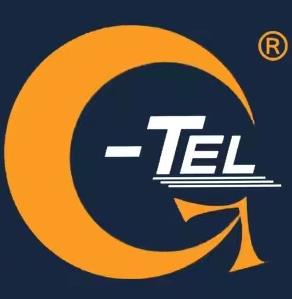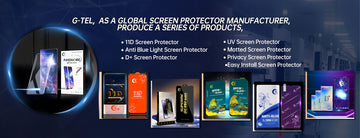Differences in Glue Types for Tempered Glass Screen Protectors-Gtel Glass Screen Protector Factory
Differences in Glue Types for Tempered Glass Screen Protectors
The type of glue or adhesive used in a tempered glass screen protector plays a crucial role in its performance, ease of installation, and durability. The adhesive layer determines how well the screen protector adheres to the device's screen, its air venting performance, and its overall user experience. Below, we outline the main types of adhesive used in tempered glass screen protectors and their differences.
1. Silicone Adhesive
Silicone adhesive is the most commonly used glue in tempered glass screen protectors. It is prized for its strong adhesion, flexibility, and ease of use.
Features:
- Self-Adhesive Properties: Silicone adhesive provides an automatic absorption feature, allowing the screen protector to attach to the device without excessive manual pressure.
- High Transparency: It maintains the clarity of the screen, ensuring no impact on display brightness or color accuracy.
- Ease of Installation: Silicone adhesives typically allow for bubble-free installation, as they enable air to escape easily during the application process.
- Reusability: Some silicone adhesives are mildly reusable, allowing the screen protector to be adjusted during installation.
Applications:
- Flat screens: Best suited for standard flat screen designs.
- Affordable protectors: Widely used in budget-friendly tempered glass protectors.
Advantages:
- Easy to install.
- Ensures a smooth, bubble-free finish.
- Long-lasting adhesion with minimal yellowing over time.
Disadvantages:
- May not provide sufficient coverage for curved or edge-to-edge screens.
- Loses adhesion if debris gets trapped underneath.
2. Full-Glue Adhesive
Full-glue tempered glass uses adhesive across the entire surface of the protector, providing superior adhesion and durability compared to silicone-based adhesives, which may only adhere along the edges.
Features:
- Strong Bond: The full-glue layer ensures complete adhesion between the glass protector and the screen, improving sensitivity and durability.
- Edge-to-Edge Coverage: Ideal for curved or bezel-less screens, as it ensures no lifting at the edges.
- High Clarity and Sensitivity: The adhesive layer is typically very thin, ensuring no interference with the touchscreen's sensitivity or clarity.
Applications:
- Curved screens: Perfect for modern smartphones with curved displays, such as Samsung Galaxy and Huawei models.
- High-end protectors: Commonly found in premium screen protectors.
Advantages:
- Reduces risk of edge lifting or peeling.
- Enhances touchscreen responsiveness.
- Provides excellent protection for curved or full-coverage screens.
Disadvantages:
- Slightly more challenging to install compared to silicone adhesive.
- May leave residue if removed.
3. UV-Cured Adhesive (UV Glue)
UV glue is a liquid adhesive that is cured using ultraviolet (UV) light to create a strong and seamless bond between the tempered glass and the screen.
Features:
- Liquid Application: The UV glue is applied as a liquid and spreads evenly across the screen surface, filling in gaps and eliminating bubbles.
- Curing Process: After the tempered glass is applied, a UV light is used to harden the glue, creating a strong, edge-to-edge bond.
- Enhanced Adaptability: UV glue can accommodate curved and edge-to-edge screens better than other adhesives.
Applications:
- Curved and complex screens: Commonly used for devices like Samsung's Galaxy Edge series and Huawei Mate series.
- Premium protectors: Often found in high-quality, edge-to-edge screen protectors.
Advantages:
- Perfect fit for curved and irregular screens.
- Bubble-free application with excellent transparency.
- Strong and durable adhesion.
Disadvantages:
- Requires UV light for curing, making installation more complicated.
- Glue may leave residue if not cleaned properly during removal.
4. Edge-Adhesive (Border Adhesive)
Edge adhesive is used primarily in tempered glass screen protectors designed for curved screens. Instead of applying glue across the entire surface, the adhesive is only applied along the edges of the protector.
Features:
- Adhesion at Edges: The glue is concentrated around the edges of the tempered glass, leaving the center without adhesive.
- Lift Prevention: Helps secure the protector to the screen without interfering with the display.
Applications:
- Curved screens: Often used for curved or bezel-less displays where full-glue application is not suitable.
- Budget protectors: Commonly found in cost-effective models for curved displays.
Advantages:
- Easier installation for curved screens.
- Reduces the risk of adhesive residue in the center of the screen.
Disadvantages:
- Touchscreen sensitivity may be reduced, especially at the center of the screen.
- More prone to dust and debris accumulation under the protector.
5. Cold-Fit Adhesive
Cold-fit adhesive refers to a specialized type of glue that does not require heat or UV curing. Instead, it uses pressure and time to create a secure bond.
Features:
- Easy Application: No need for specialized equipment like heat guns or UV lights.
- Flexible Bonding: Adapts to a variety of screen shapes and sizes.
Applications:
- Standard screens: Ideal for flat or mildly curved displays.
Advantages:
- Simplifies the installation process.
- Leaves minimal residue.
Disadvantages:
- Adhesion may weaken over time compared to UV glue or full-glue protectors.
6. Adhesive-Free Static Cling
Static cling protectors rely on electrostatic forces rather than glue to adhere to the screen.
Features:
- No Glue Required: Adheres through static electricity, avoiding the use of any adhesive.
- Easy Removal: Can be removed and reapplied without leaving residue.
Applications:
- Temporary protectors: Ideal for short-term protection or for users who frequently change protectors.
Advantages:
- No residue or mess upon removal.
- Easy to apply and reposition.
Disadvantages:
- Limited durability and adhesion strength.
- Prone to peeling and air bubbles.
Key Comparison Table
| Type of Adhesive | Coverage | Ease of Installation | Durability | Use Case |
|---|---|---|---|---|
| Silicone Adhesive | Partial or full | Easy | Moderate | Flat screens, budget options |
| Full-Glue Adhesive | Full | Moderate | High | Curved screens, premium models |
| UV-Cured Adhesive | Full | Difficult (requires UV) | Very High | Curved/edge-to-edge screens |
| Edge-Adhesive | Edges only | Easy | Moderate | Curved screens, budget options |
| Cold-Fit Adhesive | Full | Easy | Moderate | Standard flat screens |
| Adhesive-Free Static Cling | None | Very Easy | Low | Temporary protection |
Conclusion
The type of adhesive in a tempered glass screen protector directly impacts its performance, durability, and user experience. For flat screens, silicone adhesive or full-glue adhesive provides excellent adhesion and simplicity. For curved or edge-to-edge screens, UV glue or full-glue adhesive offers superior fit and protection. Choosing the right adhesive depends on the device, screen type, and user needs. High-quality manufacturers like G-Tel Glass Factory incorporate advanced adhesives tailored to different screen designs, ensuring optimal protection and ease of installation.
Contact Us
Email: sales@gtelglass.com
WhatsApp: +86 18038664849
Phone: (+86) 18038664849
Working Time:(CST), UTC +8 6a.m to 10p.m.
Headquarters Address:
#436 4Floor,New Asia International Digital Electronic City Building, Xidi Erma Road, Liwan District, Guangzhou, Guangdong Province, China.


